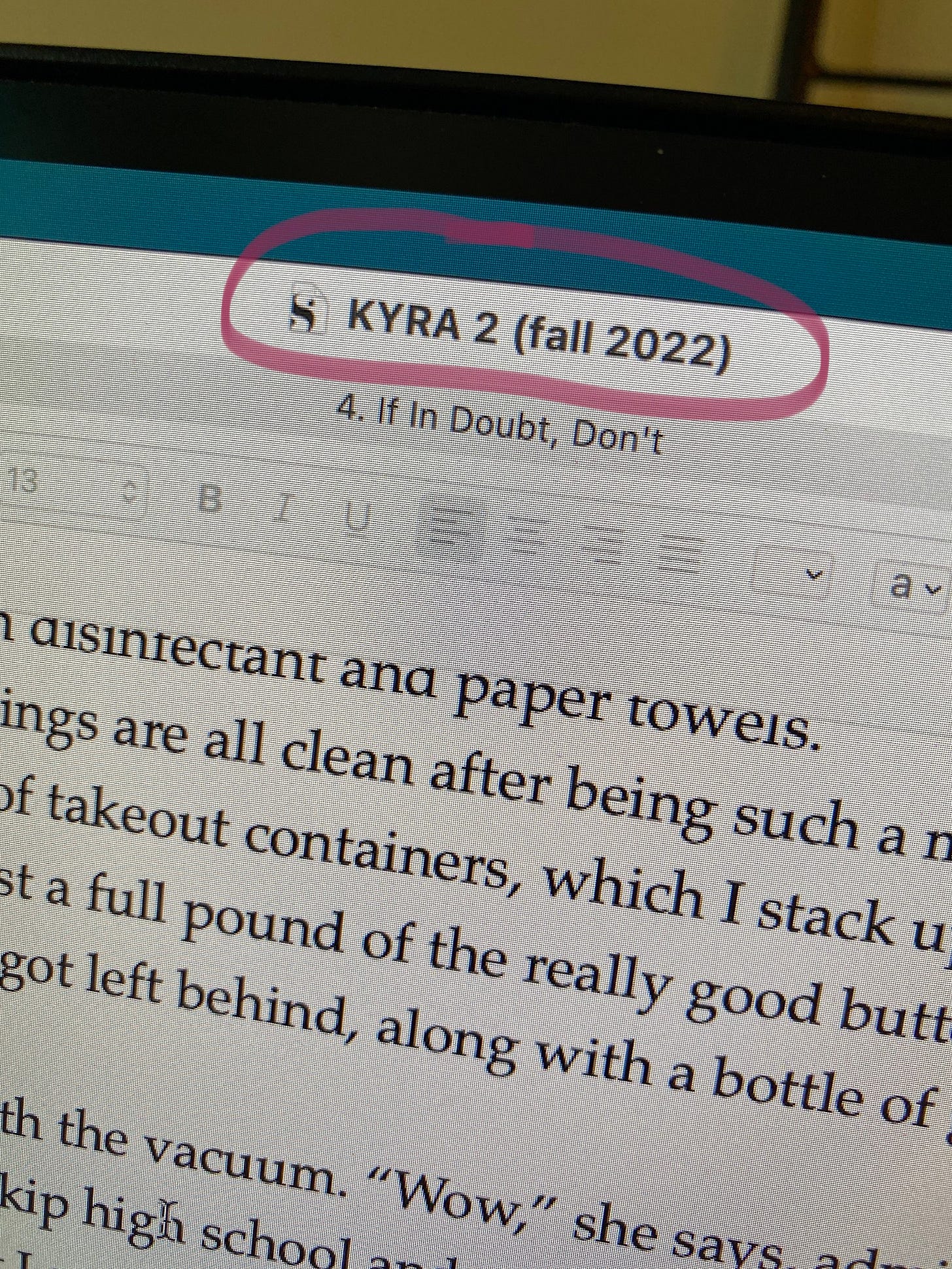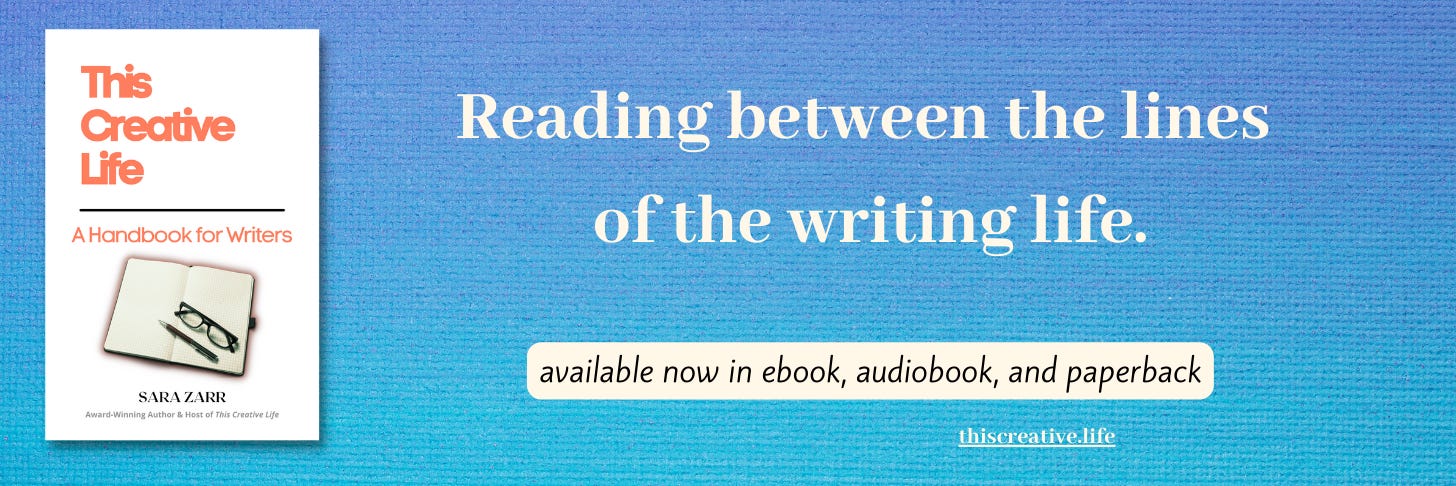It feels that every fall, I’m either hustling on a first draft or slogging through a revision. (Or slogging through a first draft and hustling through a revision. It depends.) The work becomes about getting something in so that there’s time to mayyybe squeeze in another round of feedback from editor before the holidays, which means work for me during the holidays, and so it goes just about every year for the past, oh, fifteen years!
Here I am again, with my long-awaited editorial notes, my printed draft, and a brand new document on my screen. I thought I’d break down how I approach revision, at least in a very basic way. It usually goes something like this:
Maybe: turn it in as son as it’s done, either exactly before or shortly after the deadline. Now, this is not ideal and I *don’t recommend* it—for myself or anyone else. In an ideal world, I turn in my second draft after I’ve done most of the below steps. However, sometimes circumstances are such that I turn in the first draft. I wrote about that a bit here.
Print the draft. My workflow is mostly paperless, but when I’m done with a first draft I like to print that baby if possible. This comes in handy for a lot of reasons, even if I don’t end up taking notes on all of those printed pages (though I often do). Sometimes I need to look up a particular thing, or I want to pull out a chapter to focus on and I can take it to a coffee shop to mark up, or I just need to look at it and perceive it as a tangible thing that I did once and can do again.
Read the draft. Let’s just say that this is where the, uh, slowdown often happens. It’s very daunting to read your first draft! If you have any experience at all, you know it’s not gonna be amazing. The more you know about how much work it is to write a good book, the more you’re filled with dread of what you’ll find in that first draft. So sometimes I avoid this step for much longer than I should.
When I finally get over myself, I often like to sit down and read the printed thing with a pen in hand so I can start making notes. This time, it took me a long time to get my printer working (it’s very old and no longer cooperates with Mac OS half the time) so I actually read the first draft on my Kindle, and used the highlight function to mark both trouble spots and parts I really liked.
Map out a revision strategy. This is sort of an editorial letter to myself with the major areas for revision in a kind of list and/or category form. Something fairly simple I can refer to as I get ready to embark on the second draft.
I don’t know what I was on when I was writing How to Save a Life, but writing that book was a joy, and I went HAM on Scrivener tools. I think because it was my first time doing a dual narrative/two storylines, I just really needed a lot of visual help to stay on top of what was going on. As you can see from the timestamp below, I used scene cards, status labels, color codes…the whole nine yards.
The main point is, whether I’m using Scrivener or Word or some other app or handwritten notes, I try to condense the main issues into a page or two of clear guidelines for myself to follow.
Maybe: Wait for editor’s notes and/or call. Once you’re in the sell-on-proposal write-to-deadline pipeline, and if you’ve turned in a first draft, it sometimes makes sense to wait on editor feedback before really diving into the second. Warning! This can cause more delays!
If I’m choosing to take this approach, once I have that conversation with editor and perhaps get written notes, I digest that conversation and those notes and compare with my own revision strategy or outline. My editor has a habit of writing very dense, long paragraphs in his revision letters, so I go through that and break it down into major bullet points, which I then integrate into my strategy.Start a fresh document/file. I do not revise on screen for the second draft. I start a whole new file, usually in Scrivener, and start writing all over again with my printed (or digital version) of draft 1 beside me. It’s too easy to carry over mistakes or lazy writing, or to see what’s on the screen as fixed or inevitable. Re-creating every sentence from scratch unlocks the kind of clear thinking you need for a major revision. (In subsequent revisions, I do generally revise on screen.)
Rewrite! Embracing the “re” in rewrite might mean starting the book in a whole different place, taking out characters, putting in others, moving major plot points, going from third person to first and back again. Anything could happen! And it’s important to let it. Construction metaphors are overused in the writing world, but yes, revision can sometimes be a “down to the studs” rebuild or something less drastic, but you might as well get the work done right so the thing doesn’t fall apart in the COMING STORM—aka the next edit, which needs to be a close to final book. This is the time to gut it out.
Any questions? Let me know in the comments!
⏰ From today through the end of September, get the This Creative Life ebook for only $3.99! Wow! That pricing should come across on every platform. Tell a friend!
🎧 The audiobook continues to roll out! No, it’s not on the ‘Zon or Apple yet! They are slow. What a great opportunity for you to get the Libro.fm app and start supporting your favorite book store with your audio purchases!
Get the audiobook:
Libro.fm || NOOK Audiobooks || Google Play || Kobo/Walmart || Audiobooks.com
This Creative Life is a book, a newsletter, and a podcast from me, Sara Zarr, about reading between the lines of a writing life. The newsletter and podcast are free; buying the book helps support them and me. Sharing the newsletter is a great help, too!







